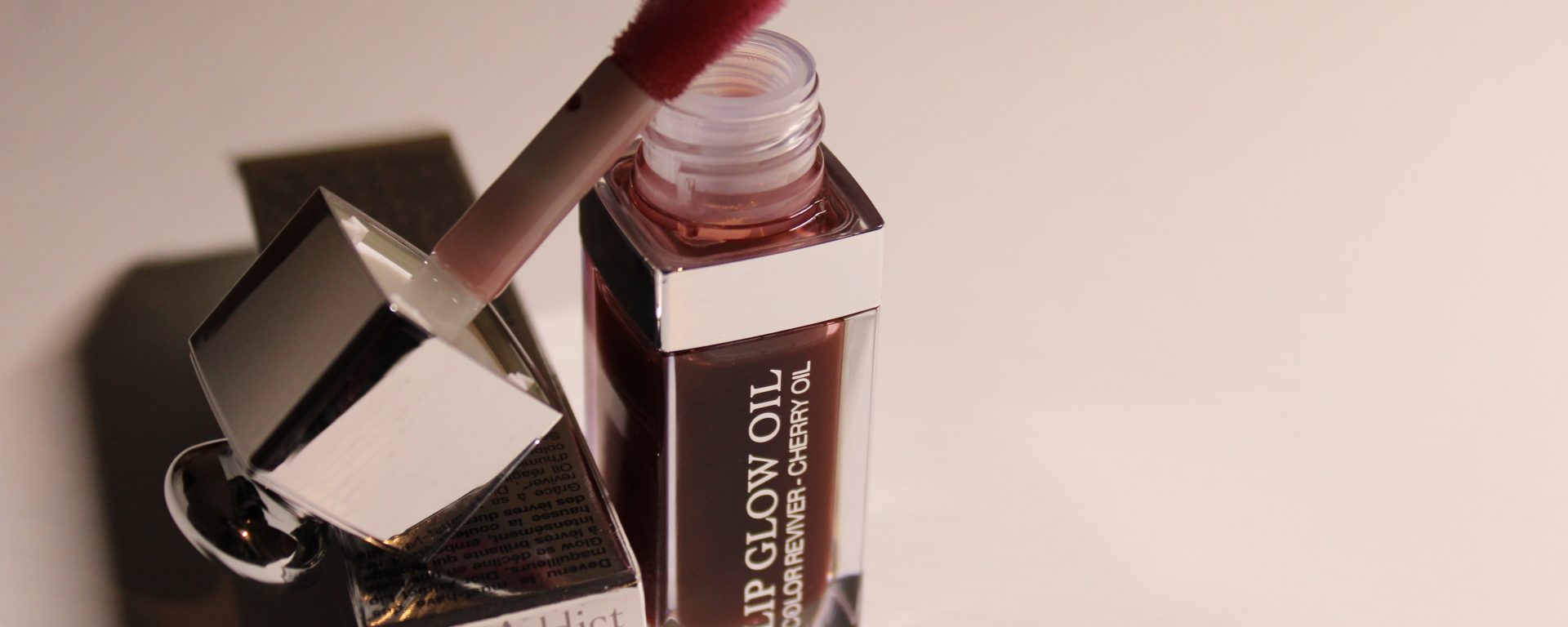Rise of the Dupes
With trends coming and going so fast, most people cannot possibly keep up. However, that does not stop the desire to keep up with them. It is very costly for consumers to keep up with ever-changing products. So, consumers are now opting for “dupes.” For example, consumers frequently opt for #lululemondupes to get the same look as the Canadian brand of leggings and athleisure but for a much lower cost.
Now, you may be thinking “dupe…what exactly is a dupe?” Let’s first start by discussing what a dupe is not. A dupe is not necessarily a counterfeit of another item. What do we mean by counterfeit? Many believe a counterfeit item is simply a fake product however it’s a little more detailed than that. A counterfeit item is summarily any good or service made, produced, distributed, or sold that uses a mark associated with another’s brand. You could consider a counterfeit product to be one made by someone that has the intention of deceiving, (or ironically, duping) the consumer and aligning the counterfeit item with the original brand or “real” product but instead, is a fake version.
Under trademark law, a counterfeit will likely violate a trademark because the definition of a counterfeit requires the product to be identical or substantially indistinguishable from the original when the original is a “registered” trademark. A registered mark is one registered with the United States Patent and Trademark Office, is a mark that is presumed valid in litigation, and provides constructive notice that one has a mark (meaning actual knowledge that one has a valid mark is not necessary).With dupes, if a consumer can tell the difference from the original, it would not meet the definition of a counterfeit.
Now, that you know a dupe is not necessarily a counterfeit trademark, you’re still left wondering what it is. Well, the term dupe is shorthand for duplicate! A duplicate is simply an alternative to a product that provides consumers a similar, but not identical, aesthetic. However, dupes are not true duplicates, or at least, a proper dupe shouldn’t be. Gen Z’s use of the term “dupe” is a little misleading. Dupes are not so much as exact copies of another product but rather more affordable alternatives to high end brands’ products to make certain looks more accessible.
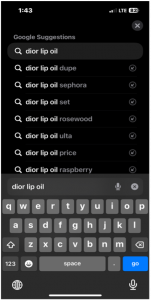
Dupes are particularly common in the makeup industry. To visualize how common makeup dupes are, search “Dior Lip Oil” in your internet browser. When I did this, the top resultin the search engine I used was its dupe. You may be thinking this still feels like a replica of another brand’s product, so couldn’t this be trademark infringement? Perhaps. Let’s dive into the basics of a trademark and what it actually protects against.
What’s a Trademark
A trademark is any word, symbol, or design used in commerce (i.e., sold across states) that identifies and distinguishes a good from others. Trademark protection limits and prevents others from using the same or similar marks on similar goods or services if doing so would likely cause confusion to consumers about the source or affiliation of the item. Valid trademarks are used in commerce and are distinctive–this means they are distinguishable from others. Trademark protection also extends to trade dress which refers to product packaging (the container or wrapper of an item) and product design. For a trade dress to be valid, it must not only be distinctive (like any trademark), but also nonfunctional. Product packaging can be inherently distinctive (meaning that from day one if its production, the appearance was always associated with a particular brand or source), or, it can acquire distinction (by acquiring secondary meaning and becoming associated with a particular brand in the public’s eye.) Functionality provides the design some sort of advantage. This can be aesthetic or utilitarian. To be valid, the trade dress cannot have either type of functionality. Aesthetic functionality concerns how the appearance of the product provides a competitive advantage in a way that appeals to consumers. For example, how gallons of milk are generally sold in a transparent or semitransparent container. Utilitarian functionality means the packaging is conducive to how the product is used.
Now that we know what a trademark is, let’s consider what it means to violate, i.e. infringe a trademark. Trademark infringement occurs when a user uses the same or a similar mark on goods or services in commerce such that there is a likelihood of confusion regarding the source of the goods/services or suggests sponsorship/affiliation. To consider whether there is trademark infringement upon another product, courts generally analyze the likelihood that consumers will be confused using the confusion factors. The seven factors considered are: the similarity of the marks, strength of the plaintiff’s mark, the related goods/service, consumer sophistication, defendant’s intent, similar marketing channels, and actual confusion. When analyzing these factors, courts use a balancing test. That is, all factors need not weigh in favor of the plaintiff or the defendant. The factors are all intended to help assess whether consumers are likely confused.
If a dupe mimics the appearance of another product and that product is itself a trademark, that could cause a likelihood of confusion regarding “trade dress.” Trade dress is a subcategory of trademark – so, to evaluate infringement, we still consider the confusion factors.
While dupes may appear to cause confusion and would thus infringe, not all dupes do. For example, a duped lip gloss may provide the same aesthetic as another lip gloss once applied or worn, but the trade dress of the packaging may be very different than the dupe’s inspiration packaging. This limits likelihood of confusion as we’ll shortly discuss with a hypothetical scenario. There may also be no confusion even if the packaging is similar if there is no actual trade dress for the packaging because the packaging is a common shape.
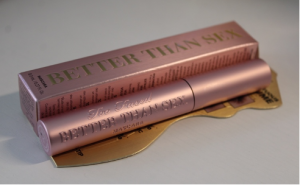
For example, mascara is a type of makeup that temporarily lengthens an individual’s eyelashes by coating them. A traditional mascara product packaging would be a cylindrical container–so, a Too Faced Better Than Sex “mascara dupe” likely would not infringe on another Too Faced’s packaging due to the nondistinctive shape of the product packaging.
Why Don’t Dupes (Generally) Infringe on Trademarks?
Dupes will not infringe if there is no likelihood of confusion. Consumers are usually not confused, but rather making a deliberate choice to purchase a cheaper alternative to achieve a look they desire.
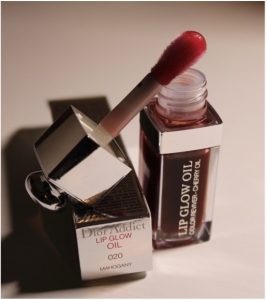
Imagine if Dior sued e.l.f Cosmetics solely for trade dress infringement, alleging e.l.f caused consumer confusion over e.l.f’s “dupe” of Dior’s Lip Glow Oil with its Glow Reviver Lip Oil. e.l.f could be liable if Dior had a valid and distinct trade dress (used in commerce that was not functional).
To evaluate distinction, we would first analyze Dior’s product–explicitly, we want to know whether the trade dress of the lip oil is distinct, itself. So, we consider the total image or appearance of the product like the size, color, and shape of the packaging. Dior’s packaging includes a small clear rectangular container with a silver mirror-like rectangular lid and doorknob-like handle to hold when applying the product. While the rectangular container is a common packaging shape, no other brand uses this silver doorknob like lid. It is likely that consumers could easily identify and associate the product with Dior. If so, the product would have acquired distinctiveness, meaning that consumers recognize the doorknob shape in this silver color as indicating Dior as its source.
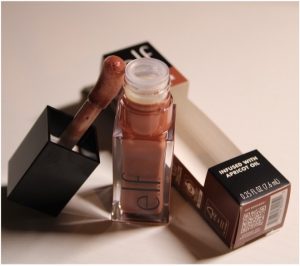
We would next look to see whether Dior’s product packaging has some sort of aesthetic or utilitarian functionality. The presence of other lip products using different lids suggest that the lid is not aesthetically functional. Further, the attributes of the lid likely do not give it utilitarian functionality as the lid does not appear to be any easier to hold, open, or be used to apply the product than a typical lid. If the lid was deemed functional, it would not be protectable under trademark law.
Since Dior’s product packaging carries its logo and identifies Dior, is distinctive and nonfunctional, the trade dress is valid. Since the trade dress of the lip oil is valid, Dior would be able to bring suit.
Next, we would look to see if there was a likelihood of confusion in comparison to e.l.f’s lip oil using the factors written out above.
Mark Strength and Market Strength
Dior’s “Lip Glow Oil” trade dress shape has acquired distinctiveness because consumers associate the look of the packaging with Dior. This contributes to its mark strength. This factor alone would weigh in favor of Dior. But there are other factors to consider, like market strength. Market strength considers how strongly consumers associate the product with its source. While likely that makeup consumers would be able to easily associate this product with Dior, the larger public is likely not able to make that distinction. Therefore, the market strength for this item would likely be weak or moderate, at best and would not weigh in favor of Dior.
Similarity of Trade Dress, Relatedness, and, Consumer Sophistication
e.l.f’s packaging is visibly distinguishable from Dior’s with a different lid that is rectangular and black. This factor would likely favor e.l.f. On the other hand, since these products are forms of cosmetics, particularly ones that you apply on your lips, they are related goods and this factor would likely weigh in favor of Dior. Additionally, cosmetics are a class of goods where consumers and wearers are likely to pay special attention to what they’re purchasing which would make a likelihood of confusion less probable. Therefore, this factor would likely weigh in favor of e.l.f.
Intent and Actual Confusion
e.l.f’s intent likely was to create an affordable lip oil for its consumers. As this intent would not appear to be an attempt to associate itself with Dior or capitalize off Dior’s lip oil, this would likely weigh in favor of e.l.f. Further, while actual confusion is not necessary, there does not appear to be any actual confusion. So, this factor is neutral.
Hence, Dior would not be very successful in bringing a trade dress claim like this because consumers are not actually being duped. While courts bear the ultimate discretion, there is a high probability that this claim would be unsuccessful. Although the trade dress strength can be considered strong, both products’ packaging are distinguishable from each other. With the exception of the trade dress strength and the related goods factor, the confusion factors tend to weigh in e.l.f’s favor, either explicitly or through neutrality.
Realistically, Dior would attempt to bring more than just the trade dress claim I have presented here, but I wanted to highlight trade dress because the term dupe insinuates that there could be infringement from the way the product is packaged. However, that might not be the case.
While makeup dupes afford consumers the ability to obtain the same aesthetic that luxury brands are creating, many makeup dupes will not infringe on a trade dress because their product packaging distinguishes their products from other brands and does not create a likelihood of confusion for their consumers. Gen Z’s use of the term “dupe” is just a quirky catchphrase. Perhaps, “alt,” short for alternative, would better and more accurately describe what these current “dupes” truly are.

Maya Smith
Assistant Blogger
Loyola University Chicago School of Law, J.D. 2025
